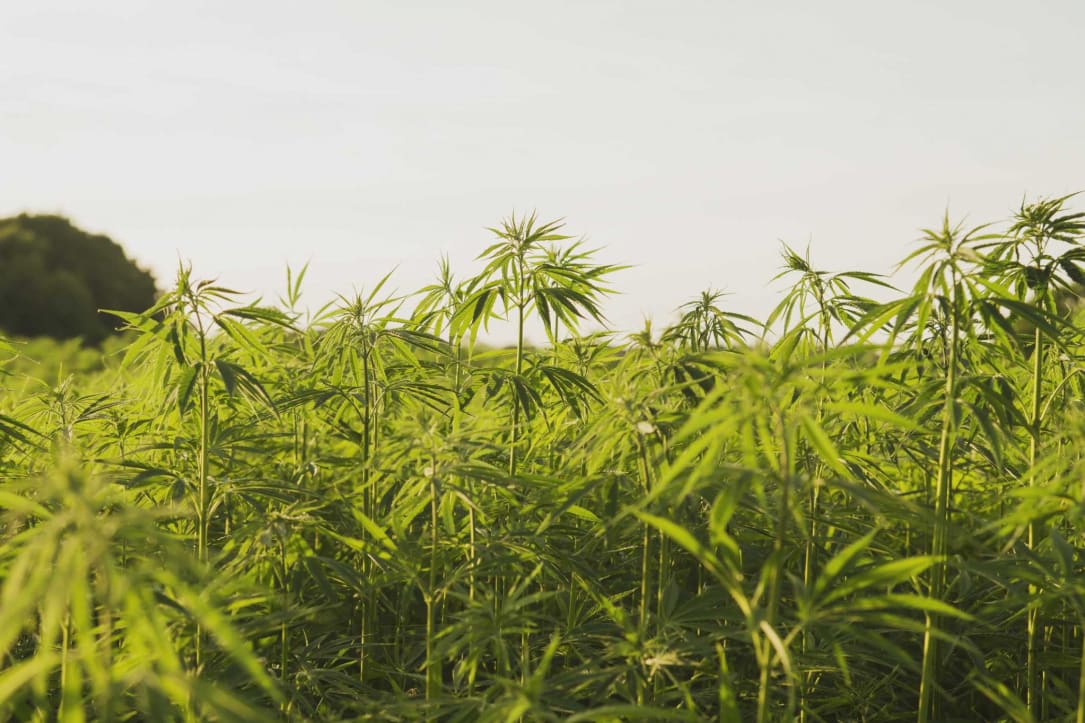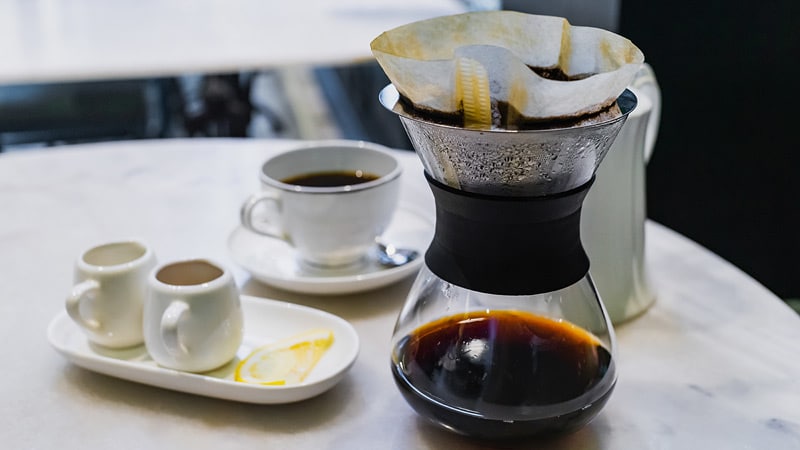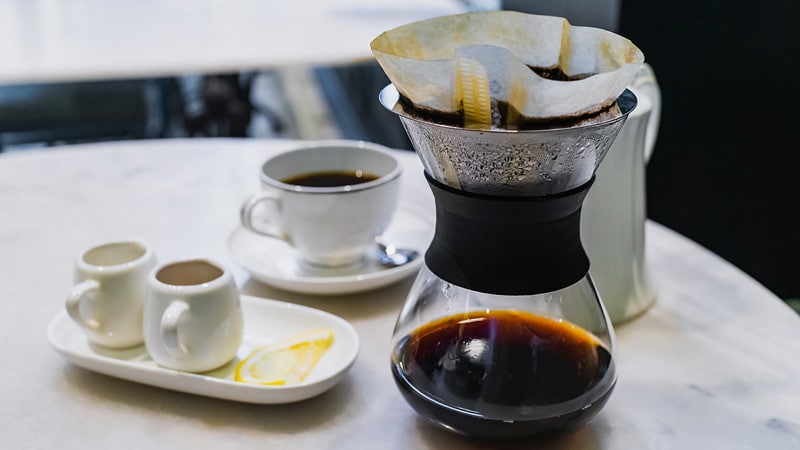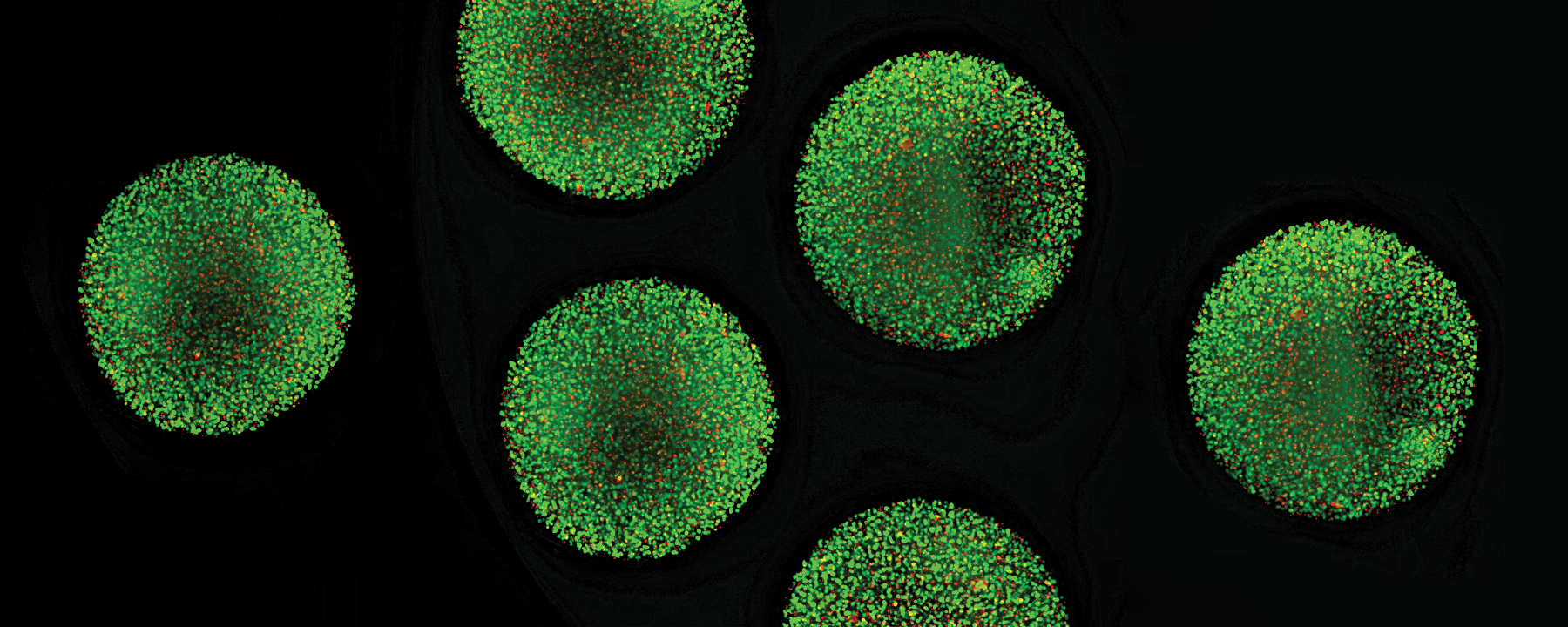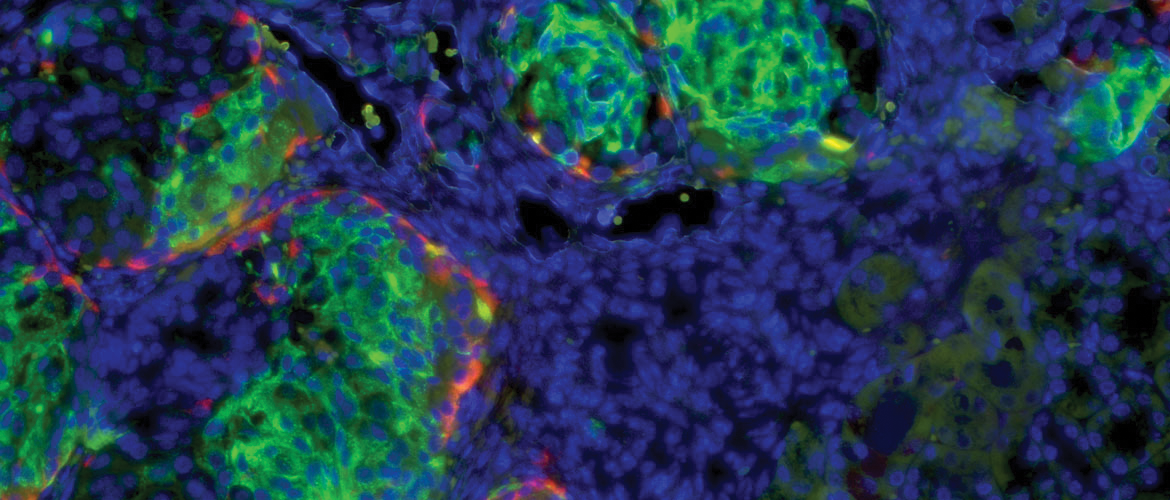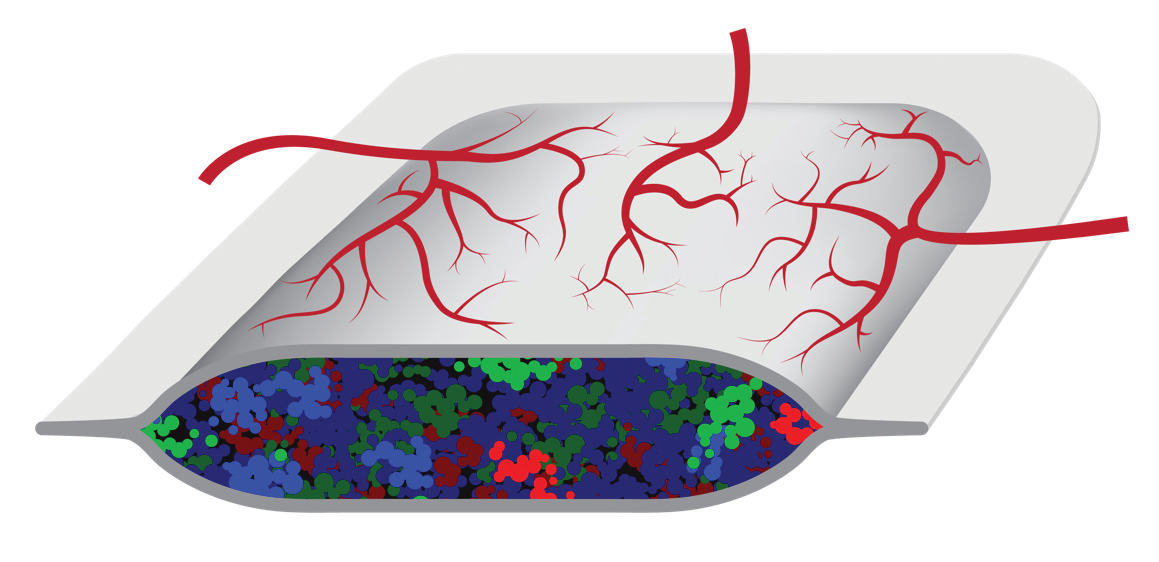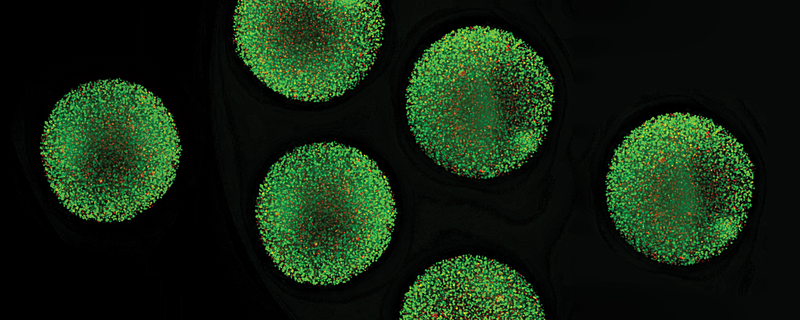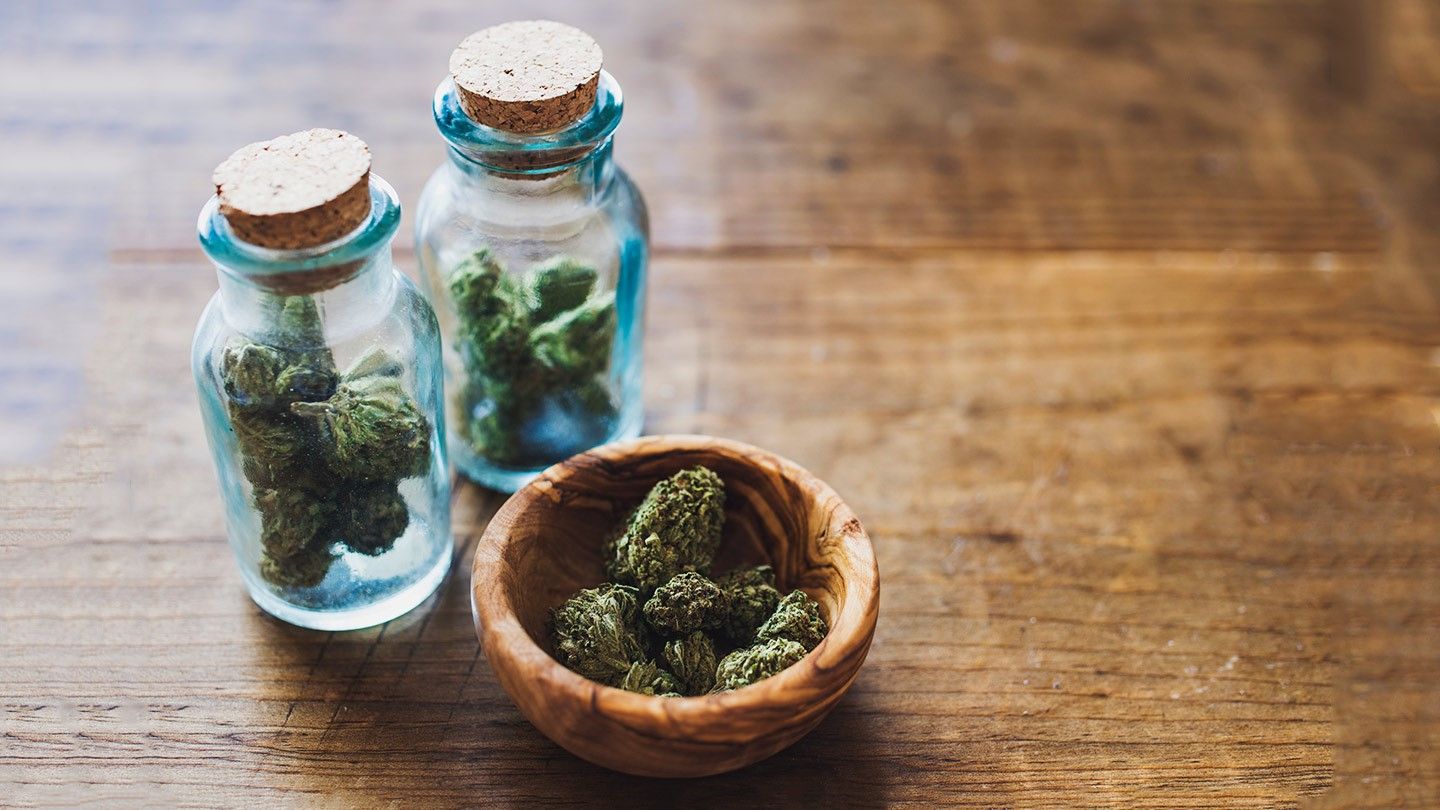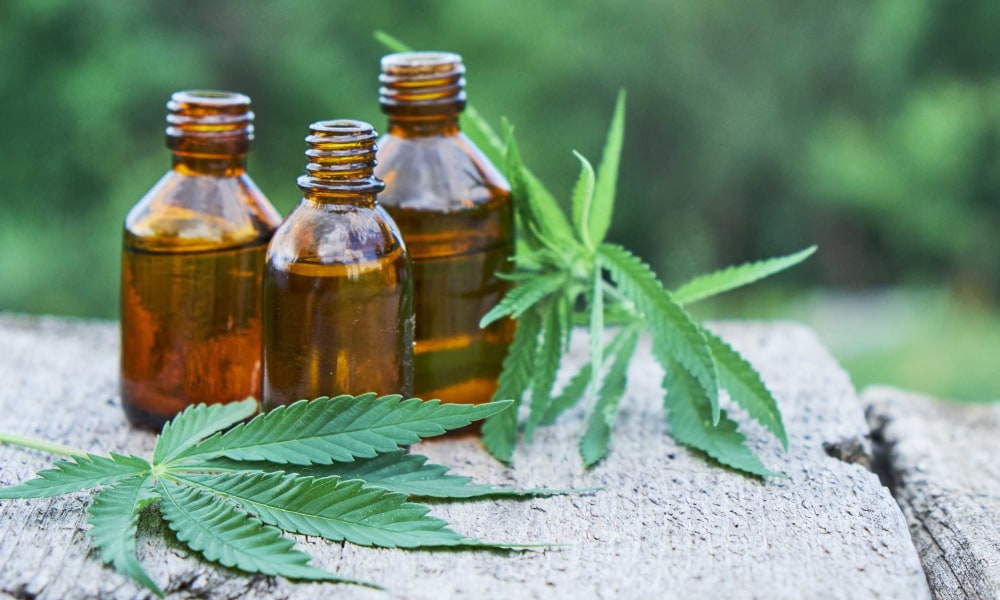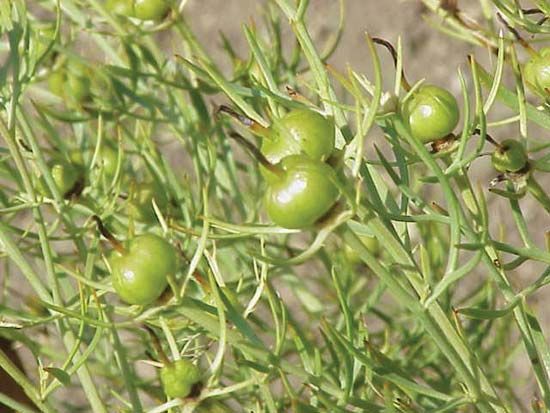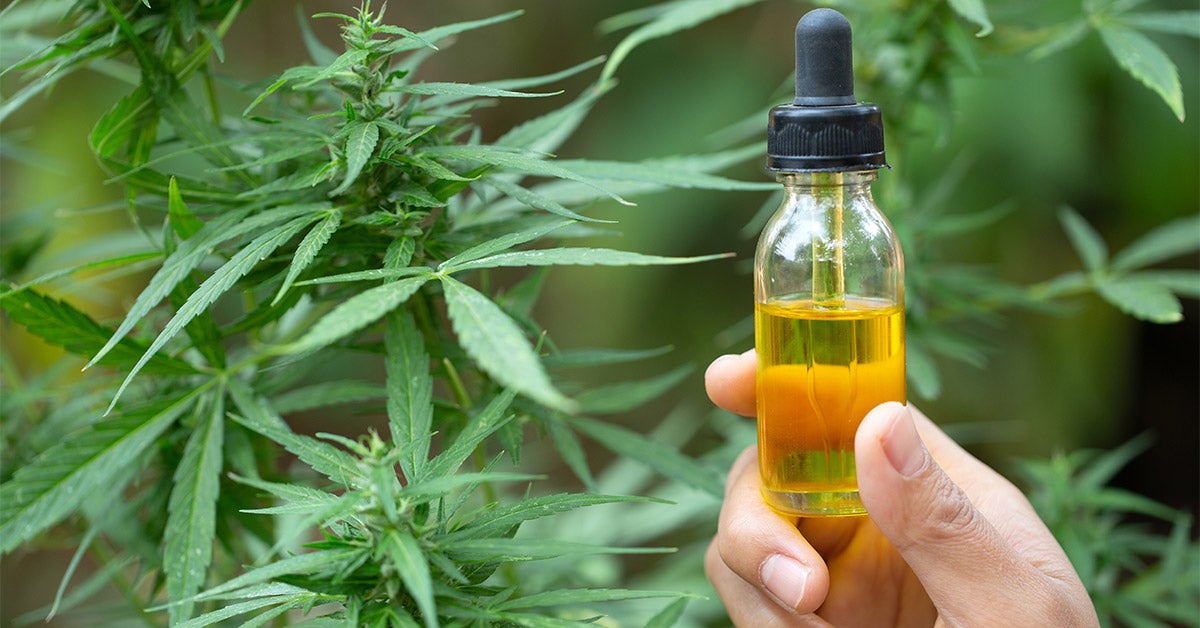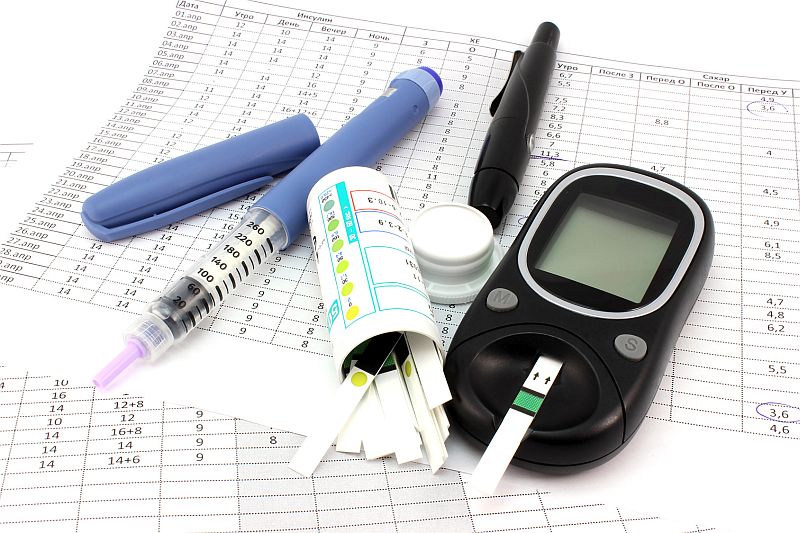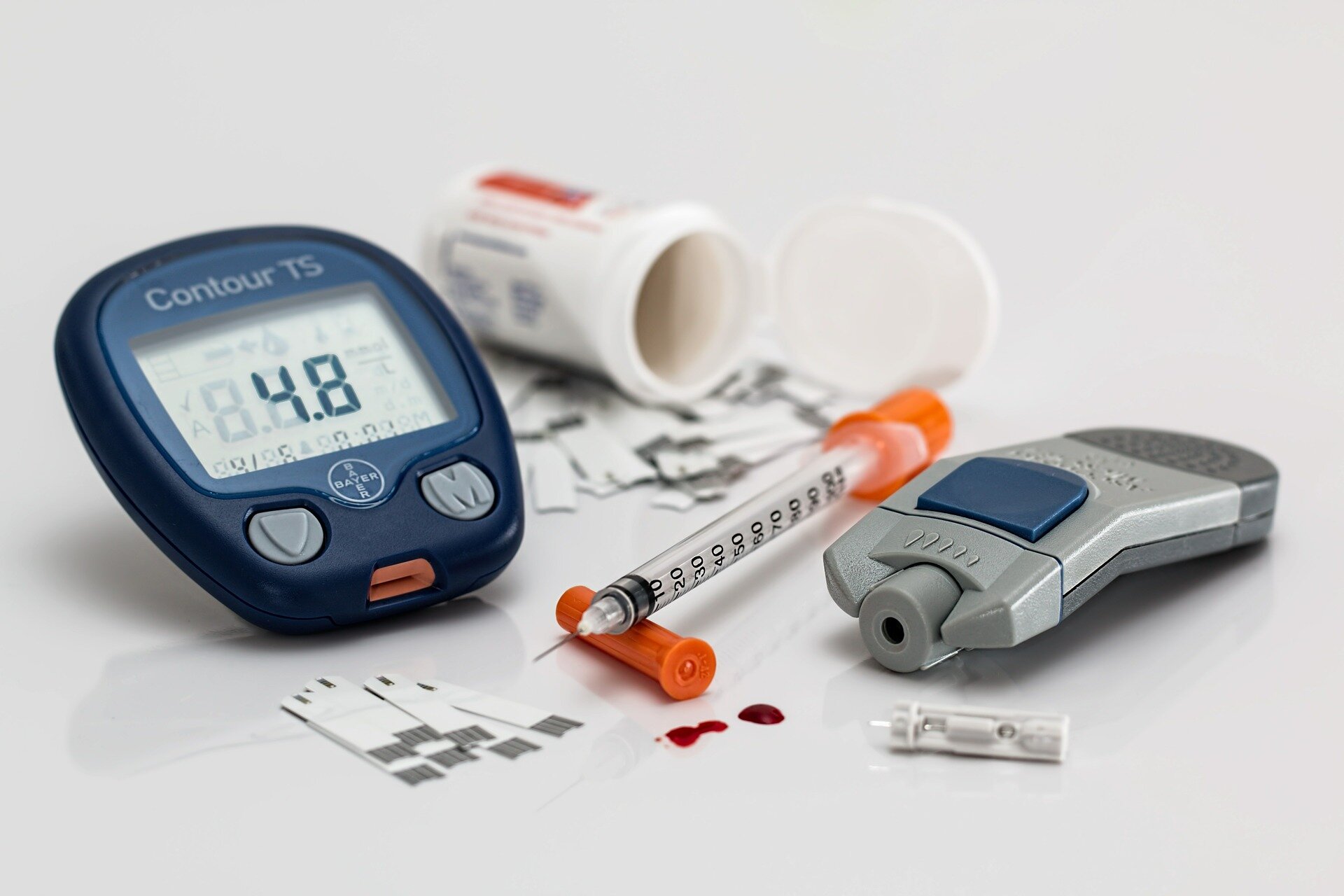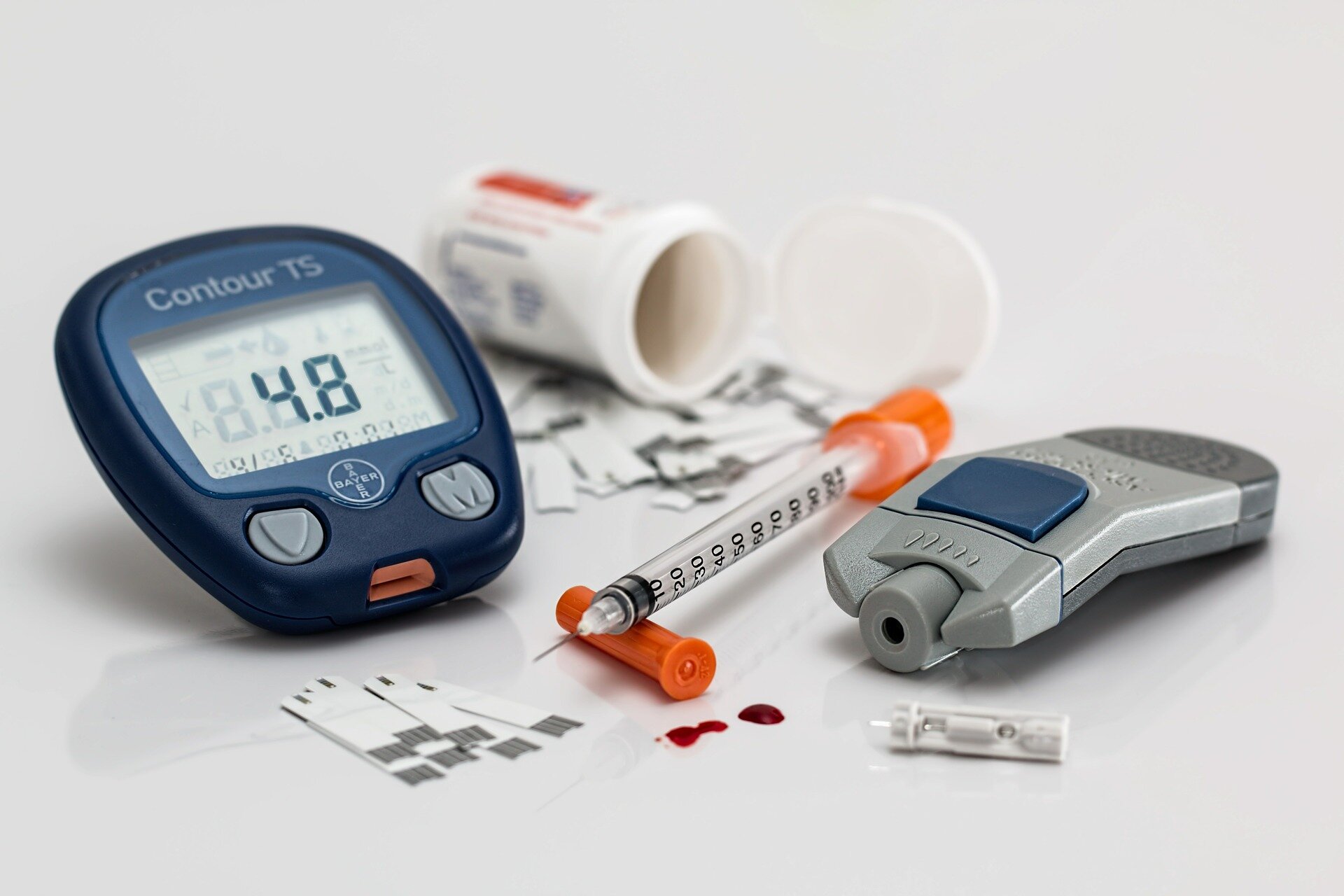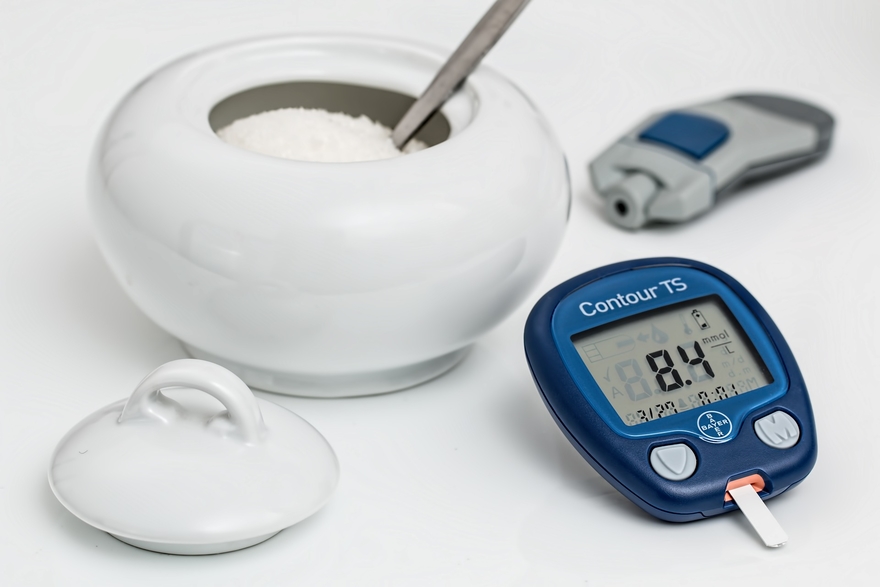mr peabody
Bluelight Crew
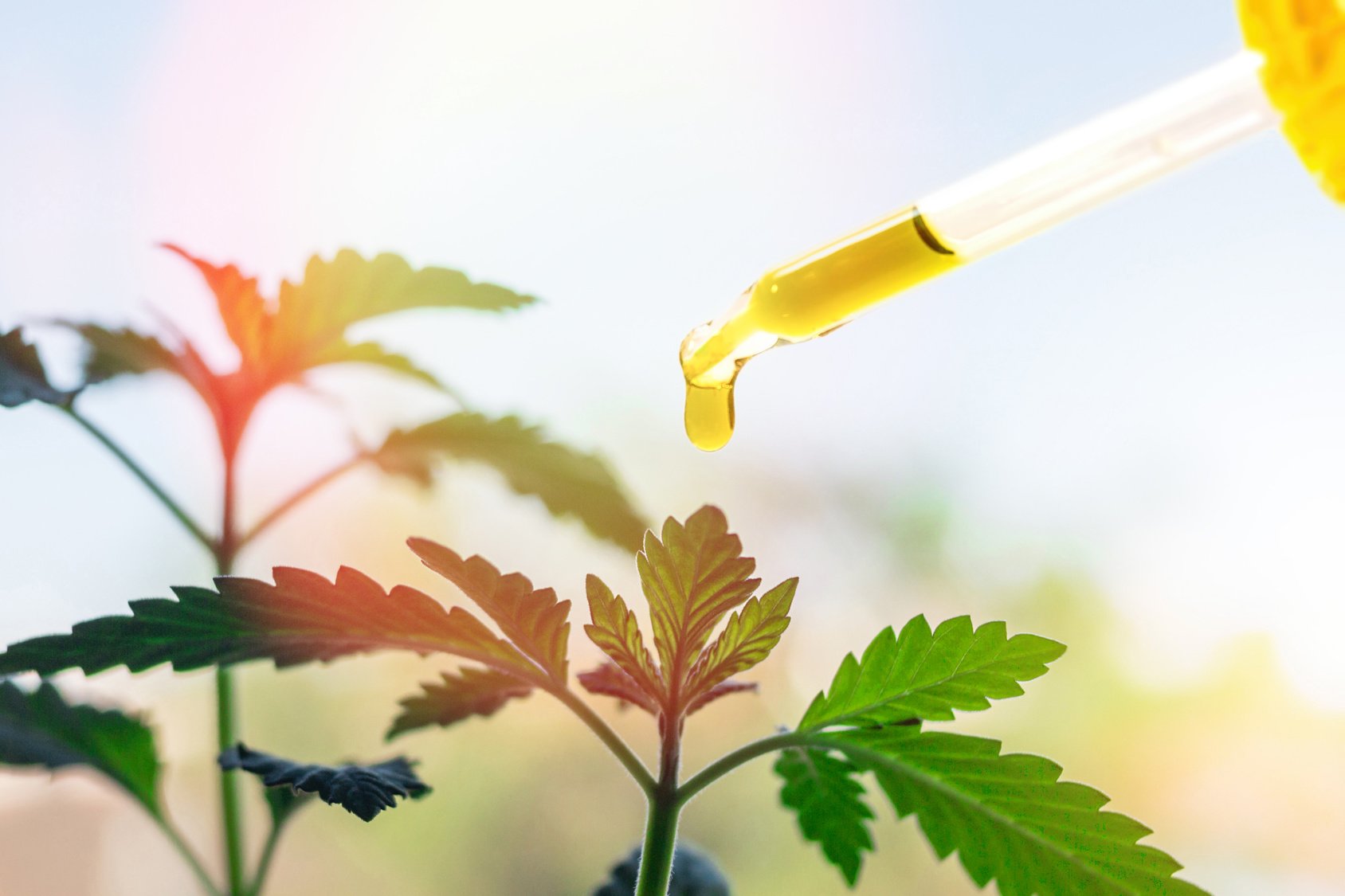
Can cannabis help people with diabetes?*
by Jayne Leonard | Wed 27 March 2019
Many people in the United States use marijuana, or cannabis, as a recreational drug, but the compounds that it contains also show promise for medicinal use. Does marijuana have potential as an alternative treatment for diabetes?
Diabetes is a chronic condition that affects blood sugar regulation and can lead to dangerous complications relating to the nervous system, heart, blood vessels, and kidneys.
In this article, we look at how the medicinal properties of marijuana might benefit people with diabetes by alleviating some of the symptoms of this condition.
Benefits for people with diabetes
An advocacy group called the American Alliance for Medical Cannabis (AAMC) suggest that marijuana might have the following beneficial effects in people with diabetes:
- stabilizing blood sugar levels
- lowering arterial inflammation due to its antioxidant properties
- reducing neuropathic pain, a complication of diabetes
- keeping blood vessels open, which may reduce blood pressure over time and improve circulation
- providing relief from muscle cramps
- relieving gastrointestinal pain and cramping
However, the AAMC also caution that the results of studies on these benefits are contradictory. Research into medicinal marijuana is still ongoing, and further studies are necessary to help both medical professionals and patients understand the therapeutic and adverse effects more clearly.
Marijuana may offer other benefits for people with diabetes.
Smaller waist size and lower risk of obesity
Being overweight or having obesity is one of the most significant risk factors for the development of type 2 diabetes.
Studies show that marijuana may help reduce the risk of obesity, which may decrease a person's likelihood of diabetes in turn. For example, a 2013 study of 4,657 people, including 579 current marijuana users and 1,975 past users, identified an association between smaller waist size and marijuana use.
On average, people who were still using marijuana at the time of the study had a waist circumference that was 1.5 inches (3.8 centimeters) less than that of people who were not.
This finding supports earlier research, which found that the occurrence of obesity was lower among people who used cannabis than among those who did not.
Increased insulin sensitivity
The body's ability to use insulin effectively is vital for health. However, in people with type 2 diabetes, the body is less sensitive to the effects of insulin and, therefore, less responsive to this hormone.
Research has shown that marijuana users may have increased insulin sensitivity.
In a large study, scientists observed that the fasting insulin levels of users were 16 percent lower than those of both former users and nonusers. The levels of insulin resistance among this group were also 17 percent lower on average.
The results of a 2016 study, which recruited people with type 2 diabetes who were not taking insulin, indicated that a form of the cannabinoid THC had the following effects:
- a significant drop in fasting blood glucose
- improved production of insulin
- raised levels of adiponectin, a protein that regulates blood sugar
Topical CBD hemp oil
A 2014 study found that a topical marijuana treatment that combined CBD and THC led to reduced symptoms in participants with peripheral neuropathic pain.
Using a spray, people can apply these cannabinoids directly to their hands and feet to reduce the pain and tingling sensations that are symptomatic of diabetic neuropathy.
A variety of CBD and hemp oils, lotions, and balms are available to purchase online.
People should always purchase these products from a reputable supplier and check with a doctor first to ensure that they are safe to use. If sellers store marijuana in damp areas, it can produce dangerous molds that can cause serious lung disease.
Anti-inflammatory properties
Inflammation plays a role in the development of types 1 and 2 diabetes and other chronic diseases.
Some 2015 research suggests that the anti-inflammatory properties of CBD can treat the inflammation that contributes to diabetes and some of its associated complications.
Protection against retinopathy
Diabetic retinopathy is the leading cause of vision loss in people living with diabetes.
According to the National Eye Institute, it is also the most common cause of blindness in adults of working age.
The results of research on animals suggest that 1 to 4 weeks of CBD treatment can provide significant protection from diabetic retinopathy.
Managing neuropathy pain
Diabetic neuropathy is a common complication of diabetes.
It is a form of nerve damage that occurs most often in the legs and feet but might also develop in other parts of the body. Neuropathy is often extremely painful, and it can be fatal in some cases.
The authors of a 2015 study involving people with neuropathic foot pain concluded that inhaling cannabis can provide several hours of relief from diabetic neuropathic pain.
The researchers noted that higher doses of THC provided greater pain relief.
Medicinal properties
Marijuana contains many different chemicals, more than 100 of which are called cannabinoids. This term means that they have chemical links to tetrahydrocannabinol (THC), the psychoactive substance in marijuana that produces its "high."
Of all the cannabinoids in marijuana, researchers tend to focus on THC and cannabidiol (CBD). CBD is not a psychoactive substance as it does not produce a "high," but it has several medicinal uses.
Cannabinoids interact with receptors in the central nervous system of the body. This interaction can affect several processes in the brain and nervous system, such as:
- mood
- pain
- memory
- coordination
- appetite
Some cannabinoids, including CBD, may also have anti-inflammatory properties.
The various cannabinoids all have different properties, and they may be useful for treating a range of health conditions.
"There have been studies that showed how the whole plant was more effective than the single-molecule compounds of one CBD or another. This was true even when the whole plant had lower doses of the active components. There is some theory that the different parts of the plant work together to boost effectiveness, without increasing dose or side effects. I think more research will come but, currently, the whole plant is still illegal in many places so using only one component of the plant might be your only legal choice." - Debra Rose Wilson, PhD, MSN, RN, IBCLC, AHN-BC, CHT
*From the article here :
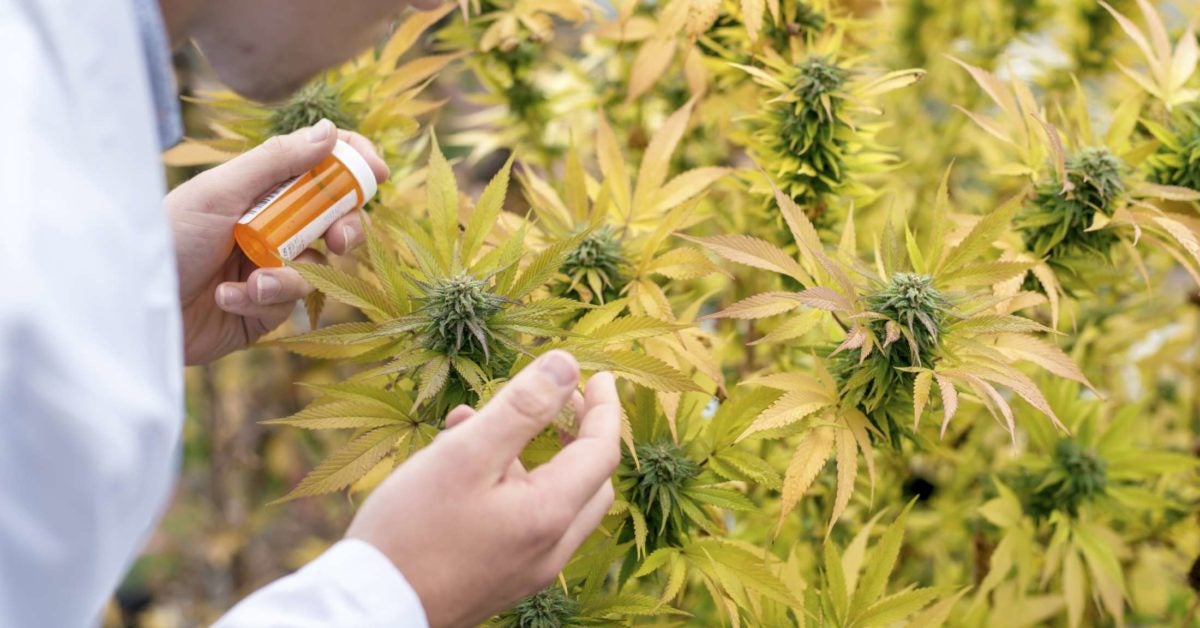
Marijuana and diabetes: Benefits, risks, and legality
What are the medicinal properties of marijuana, or cannabis, and does using it have benefits for blood sugar levels and other aspects of diabetes? Are there also disadvantages to using it when you have diabetes and is it legal? We look at the science behind marijuana here, and how it might...
Last edited:







